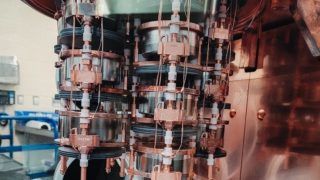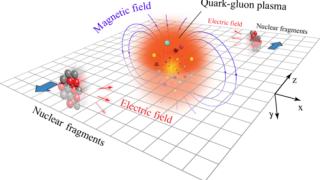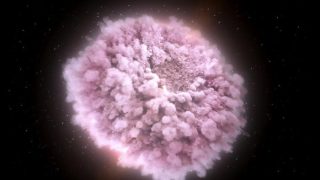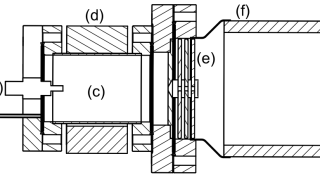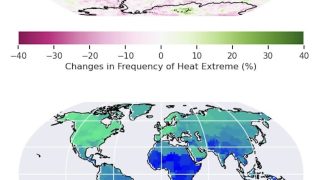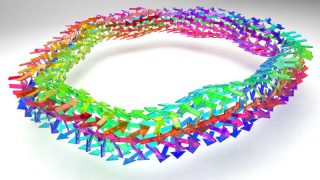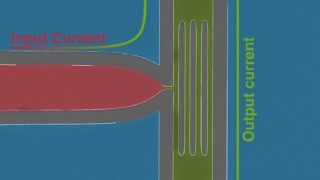
Parallel-channel nanocryotrons in magnetic fields
Condensed matter • Nanotechnology • Particle physics • Physics
Superconductors can carry large electrical currents without any resistance. One situation where they don’t carry currents without resistance is when there is too much current. By designing microscopic electronic components made from very thin superconductors, researchers can use this effect to create a switch, like a transistor. Nanowire superconducting switching devices (called nanocryotrons, or nTrons […]
